Students Give Thumbs Up for Brain Based Teaching

This article in The Edmond Sun describes the efforts of a local teacher to make metacognition come alive in her second-grade classroom. She explicitly teaches students how the brain works. In one lesson students use pipe cleaners to represent neural pathways and create a class brain, making visible learning pathways by connecting concepts from one… Read More ›
“The Boss of My Brain”: Explicit Instruction in Metacognition Puts Students in Charge of Their Learning
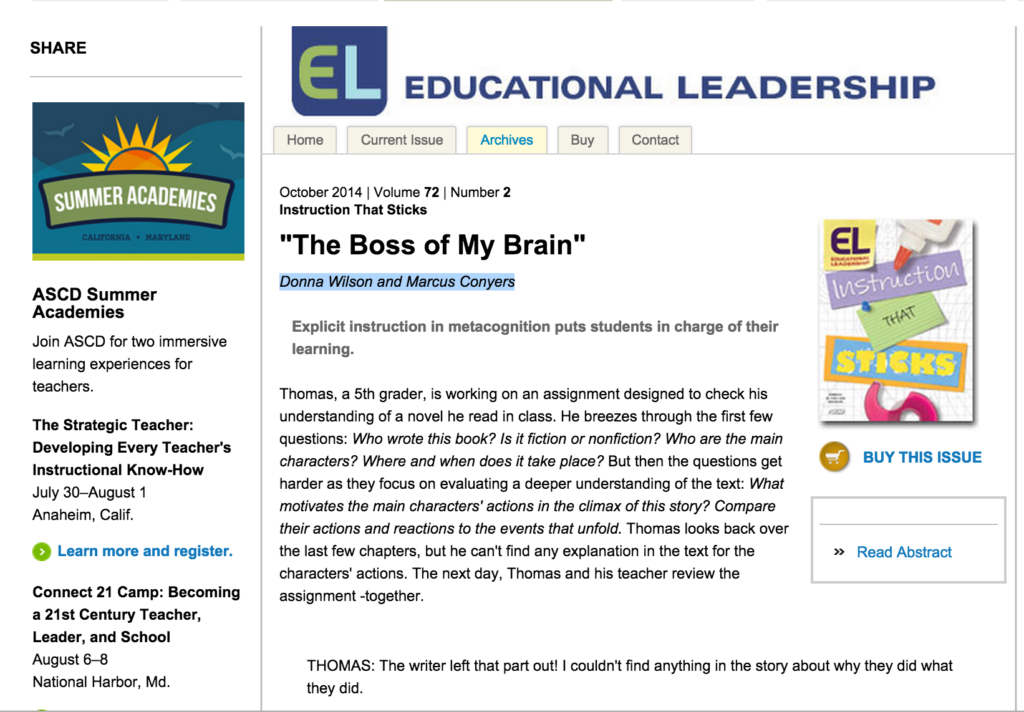
This article in Educational Leadership, highlights the importance of teaching students of all ages metacognition strategies. It discusses setting the stage by teaching students about neuroplasticity—that they can teach themselves to “become smarter” through learning. It also provides specific strategies and examples for teaching metacognitive skills at the elementary, middle, and high school levels. Lastly,… Read More ›
Expanding Opportunity: The Potential of Anywhere, Anytime Learning
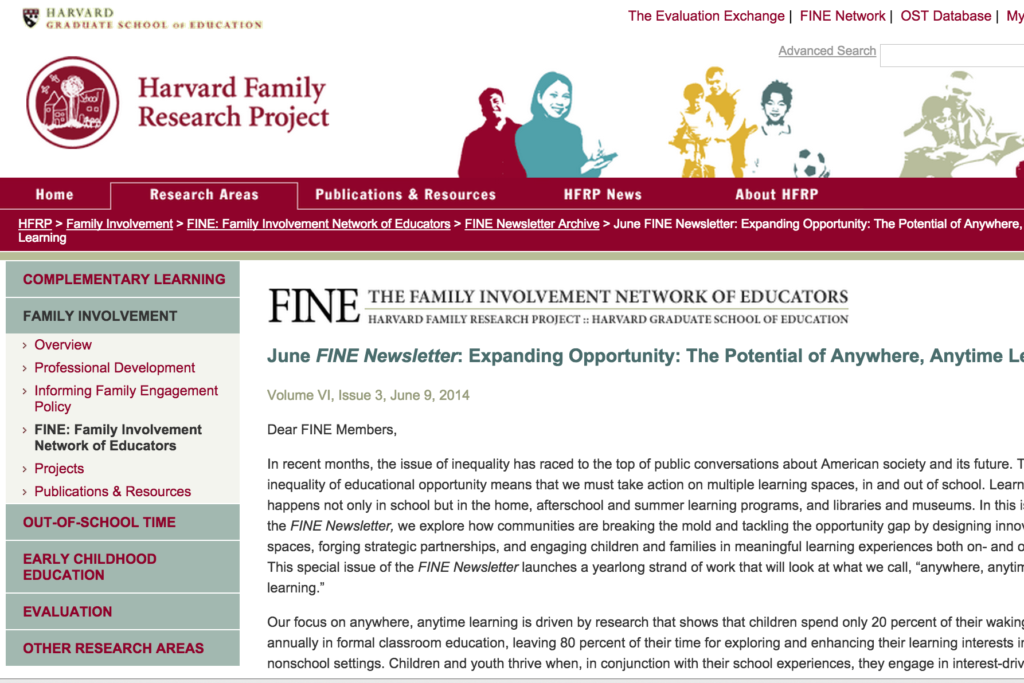
This issue of the Family Involvement Network of Educators newsletter explores the importance of engaging families in anytime, anywhere learning. There is growing understanding of the importance of inequalities in access to interest-driven learning out of the traditional school day in afterschool and summer activities and programs, at cultural institutions, and through digital media. However,… Read More ›
Seeing is Believing: Promising Practices for How School Districts Promote Family Engagement
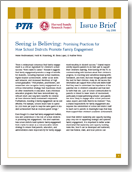
This report explores the role of districts in promoting family involvement. The report looked at six districts that are working to build the core components of systemic family engagement by fostering district-wide strategies, building school capacity, and reaching out to families directly. The report includes a description of the practices used by each district to build… Read More ›
A New Wave of Evidence: The Impact of School, Family, and Community Connections on Student Achievement
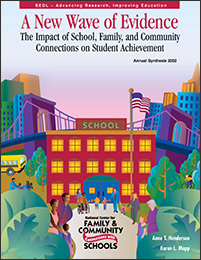
This often-cited report synthesizes over 50 research studies on the impact of family and community involvement on academic outcomes conducted between 1995 and 2002. The authors provide an overview synthesis of findings across the studies as well as a detailed summary of each individual study. The synthesis of the research studies found that parents of… Read More ›
SoundOut

This organization works with schools to build student voice through meaningful student involvement. Its website offers many resources for students, teachers, administrators, and community leaders working on school reform. The issues section contains overviews of key concepts including meaningful student involvement, student voice, student engagement, and student/adult partnerships. The tools section includes toolboxes on meaningful student… Read More ›
A Guide for Parents: Helping Your Child Succeed in School
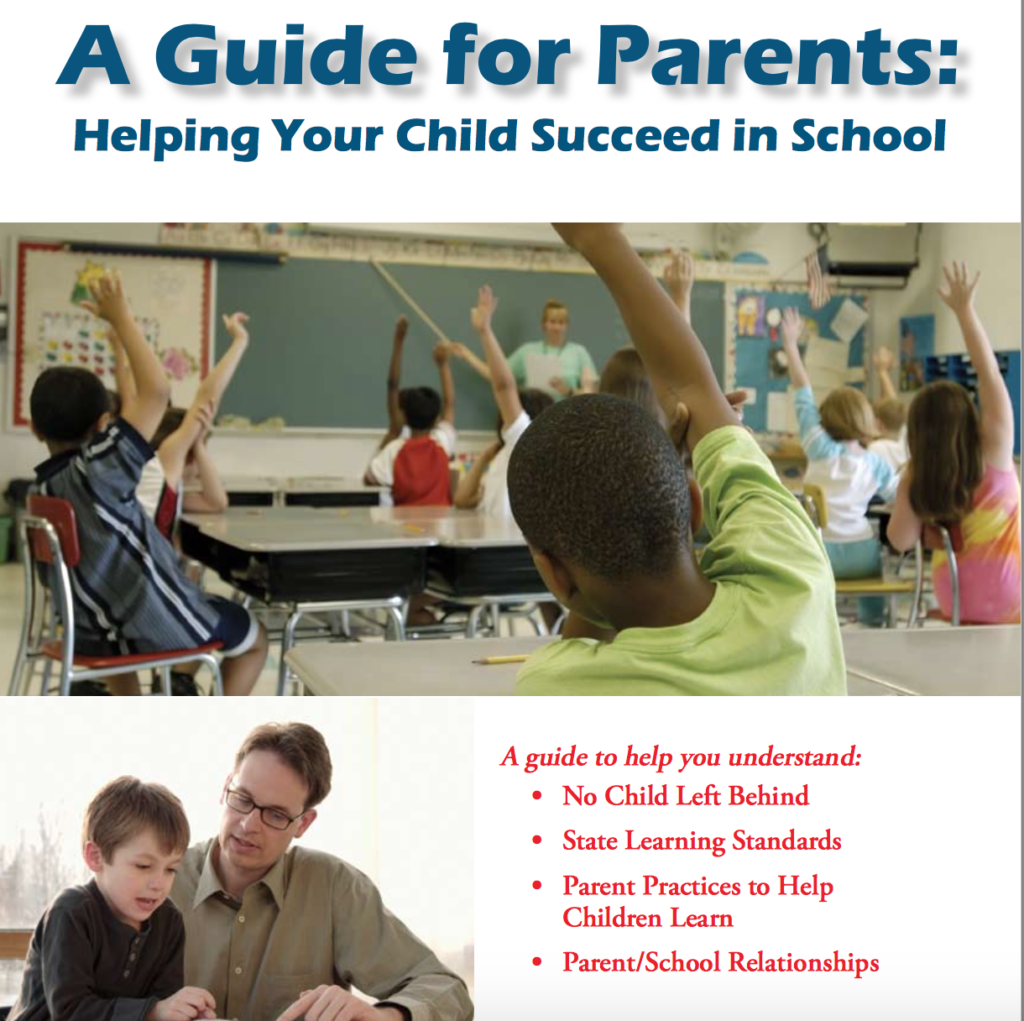
This short guide, developed in 2006, provides parents with tips to support their children’s learning. It addresses relationships, routine, and expectations at home as well as the parent/school interactions that support academic development such as communication, participation in activities, and support for homework. Note: The guide also offers advice on how to understand No Child Left… Read More ›
A Parents Guide to 21st Century Learning
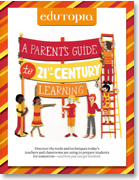
This short guide introduces parents to 21st century learning in all grade levels. Through short vignettes it provides examples of what classrooms today look like at the elementary, middle, and high school levels. In particular it explores how the skills of collaboration, creativity, communication, and critical thinking are taught alongside content at each age level.… Read More ›
Student Voice Matters
This national campaign, launched by Youth on Board, encourages schools to give students opportunities to provide feedback on teacher practice and classroom culture in order to improve teaching and build student-teacher relationships. The site includes a dynamic gallery of students sharing why they feel student voice matters in the classroom as well as a video… Read More ›
Student Experiences with Student Centered Learning
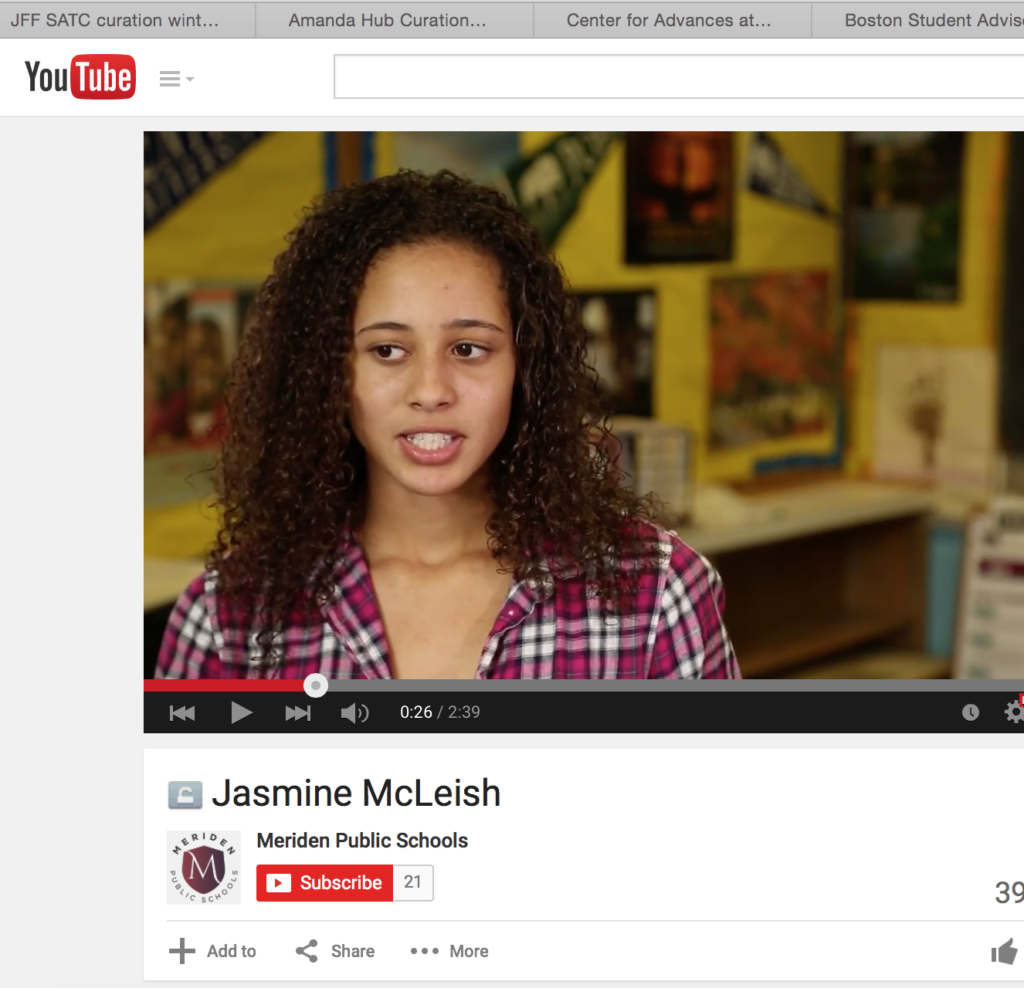
This video series highlights the experiences of students in Meriden Public Schools in Connecticut. The first video provides an overview of students’ thoughts on several key components of student-centered learning: collaboration, use of technology, choice, real world application, and voice/communication. The following nine video clips each feature a student. Students discuss the use of technology… Read More ›
Adobe Youth Voices
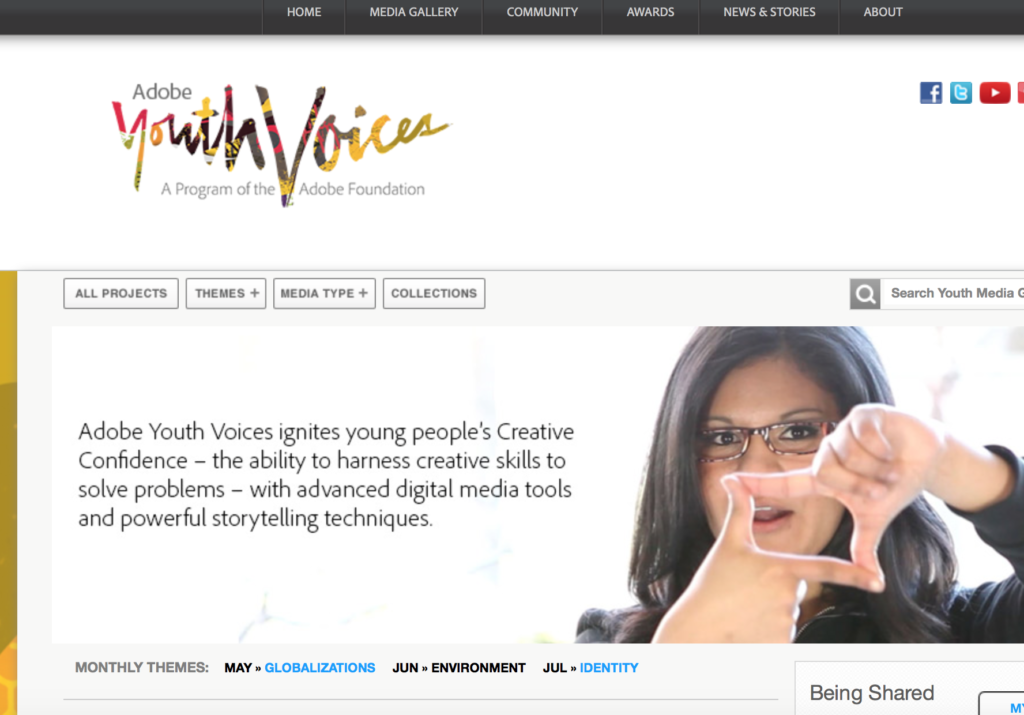
Adobe Youth Voices works to engage and inspire youth, aged 13-19, to get involved in their communities and build creative confidence, a skill much needed for the 21st century. The organization partners with community and youth development organizations in over 60 countries and provides professional development to educators to support student’s development of digital media… Read More ›
EdSurge EdTech Index

This index includes hundreds of education technology products. Users can search products by filtering a number of categories including “audience,” “cost,” and “tech requirements.” The EdSurge EdTech Index provides overviews and reviews (based on interviews with educators) on a number of products. Source Organization: EdSurge Visit the Resource